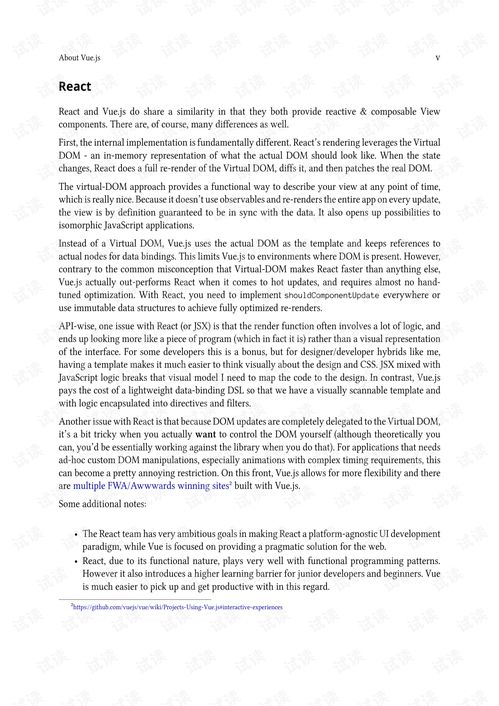The Art of Blackfish Baiting: Expert Techniques for Successful Hooking and Fishing
Blackfish, also known as tautog, are a sought-after species among anglers for their taste and fighting ability. To land a big one, it's crucial to master the art of blackfish baiting and employ the right hooking techniques. In this article, we'll delve into the essential steps and expert tips to ensure you're ready to hook and fish for blackfish like a pro.
Understanding Blackfish Behavior
Before we dive into the specifics of baiting and hooking, it's important to understand the behavior of blackfish. These bottom-dwellers are known for their preference for structure, such as rocks, reefs, and wrecks. They are also quite cautious, often taking a few moments to inspect a lure or bait before committing to a bite. Knowing this, your approach to baiting and hooking should reflect these characteristics.
Choosing the Right Bait
The most effective bait for blackfish is typically live or fresh bait. Favorites include bloodworms, sandworms, and eels. The key is to use bait that mimics the natural prey of blackfish, which is often small fish or crustaceans. Here's how to choose and prepare your bait:
Live Bait: If using live bait, such as bloodworms or sandworms, ensure they are fresh and wriggling. These can be purchased at a local tackle shop or collected from the shore if you're near a suitable habitat.
Fresh Bait: Fresh bait, like eels, can be caught using a seine net or purchased from a fish market. Make sure the eels are well-hydrated and not overly stressed.
Cut Bait: If live bait is not available, cut bait can be an effective alternative. Cut fish like mackerel or herring can be cut into chunks and used to attract blackfish.
Preparing Your Hook

Once you have your bait, it's time to prepare your hook. Here are some tips to ensure your hook is ready for the fight:
Select the Right Size: Blackfish can be quite large, so a size 4 to 6 hook is typically recommended. The size will depend on the bait you're using and the size of the fish you're targeting.
Sharpness: Always ensure your hook is sharp. A dull hook can lead to missed bites and stressed fish.
Secure the Bait: For live bait, thread the hook through the bait's mouth or gills to ensure it stays on. For cut bait, make sure the hook is securely embedded in the flesh to prevent it from falling off.
Hooking Techniques
Now that your bait and hook are ready, it's time to learn the art of hooking. Here are some techniques to consider:
Jigging: This involves repeatedly lifting and dropping your bait to mimic the movement of a struggling fish. It's particularly effective when using live bait.
Dead Sticking: This involves letting your bait sit still on the bottom, allowing it to look like a natural prey item. It's a great technique when blackfish are particularly cautious.
Carolina Rig: This rig involves using a sliding sinker and a leader with a hook. It allows your bait to move naturally and can be effective for targeting blackfish in deeper water.
Drop Shot: This technique involves dropping your bait to the bottom and then slowly retrieving it. It's a great way to cover a lot of water and can be particularly effective when targeting blackfish in areas with a lot of structure.
Fishing Techniques
Once you've hooked your bait and are ready to fish, here are some additional tips to increase your chances of success:
Patience: Blackfish can be slow to bite, so patience is key. Wait for a solid, sustained bite before setting the hook.
Setting the Hook: When you feel a bite, set the hook quickly but gently. Blackfish have strong jaws and can pull a hook out if not handled properly.
Landing the Fish: Once you've hooked a blackfish, be prepared for a fight. These fish are known for their tenacity. Use a sturdy rod and reel, and fight the fish with steady pressure to prevent it from breaking free.
Handling and Release: When you've landed your blackfish, handle it with care. If you plan to release the fish, make sure to do so gently to minimize stress.
Conclusion
Mastering the art of blackfish baiting and hooking requires practice and patience. By understanding the behavior of blackfish, choosing the right bait, preparing your hook, and employing effective fishing techniques, you'll be well on your way to hooking and fishing for these magnificent creatures. Remember, the key is to mimic the natural prey and movement of blackfish, and with the right approach, you'll be ready to reel in a trophy catch. Happy fishing!












